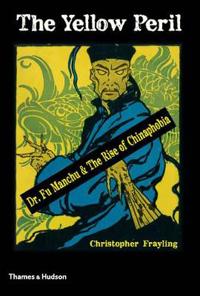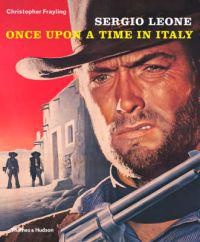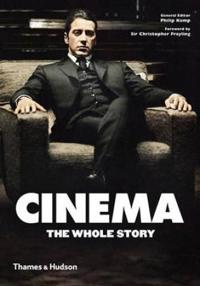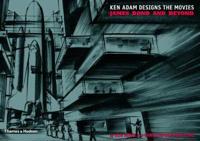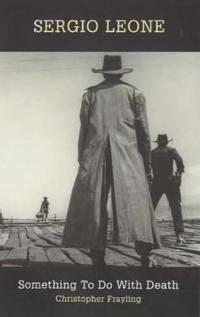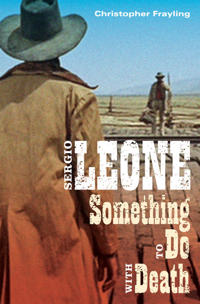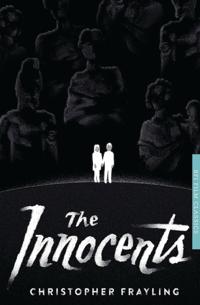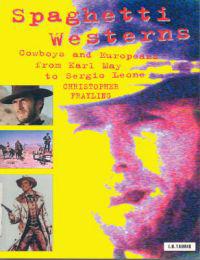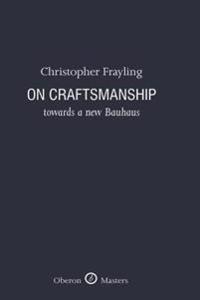The Yellow Peril (Inbunden)
avChristopher Frayling
ISBN: 9780500252079 - UTGIVEN: 2014-10A hundred years ago, a character made his first appearance in the world of literature who was to enter the bloodstream of 20th-century popular culture: the evil genius called Dr Fu Manchu, described at the beginning of the first story in which he appeared as the yellow peril incarnate in one man. Wh[...]
Sergio Leone (Häftad)
avChristopher Frayling
ISBN: 9780500287439 - UTGIVEN: 200802In the mid-1960s, an unknown Italian film director, Sergio Leone, made "A Fistful of Dollars", the first in a trilogy of films that came to define the spaghetti western. The films that complete the trilogy, "For a Few Dollars More" and "The Good, the Bad and the Ugly", are, like the first film, viol[...]
Cinema (Häftad)
avPhilip Kemp, Christopher Frayling
ISBN: 9780500289471 - UTGIVEN: 201109"Cinema: The Whole Story" takes a close look at the key time periods, genres and key works in world cinema. It places the burgeoning world of cinema in the context of social and cultural developments that have taken place since its beginnings. Organized chronologically, the book traces the evolution[...]
Ken Adam Designs the Movies (Inbunden)
avChristopher Frayling, Ken Adam
ISBN: 9780500514146 - UTGIVEN: 200809This book showcases the drawings of Ken Adam, the man who has created some of the most iconic and memorable sets in the history of film. Presented chronologically, the book takes us from design sketches for his earliest movies, including "Around the World in Eighty Days", through his Oscar-winning w[...]
Sergio Leone (Häftad)
avChristopher Frayling
ISBN: 9780571164387 - UTGIVEN: 200003Groundbreaking 'spaghetti westerns' such as the "Dollars" trilogy (starring Clint Eastwood as 'The Man With No Name'), and the magisterial "Once Upon A Time In The West", made Sergio Leone one of the most popular directors in world cinema. Christopher Frayling's biography of Leone (the first) loving[...]
The Innocents (Häftad)
avChristopher Frayling
ISBN: 9781844573431 - UTGIVEN: 2013-10Jack Clayton's gothic masterpiece The Innocents, though not a commercial success on its release in 1961, has been hailed as one of the greatest psychological thrillers of all time. Dividing reviewers with its ambiguous depiction of ghosts, the film ignited a debate about the aesthetics of horror whi[...]
Spaghetti Westerns (Häftad)
avChristopher Frayling
ISBN: 9781845112073 - UTGIVEN: 2006-01"Spaghetti Westerns "is the major critical exploration of the European Western. Christopher Frayling approaches the Westerns produced at Cinecitta Studios in Rome from a variety of perspectives, placing them in the Italian, social, political, industrial and cinematic contexts from which they evolved[...]

